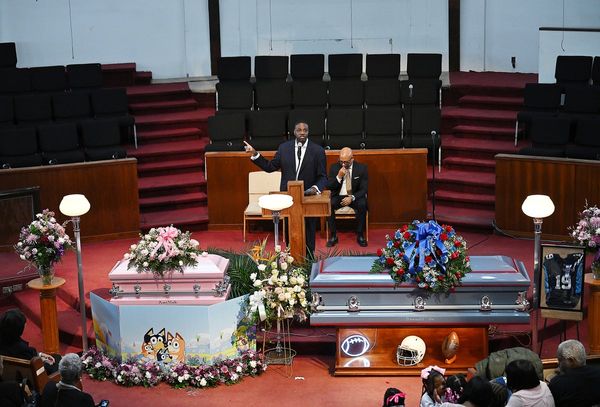
Heat-related health emergencies in Adelaide could almost triple over the next 30 years due to climate change, increasing financial burden and pressure on the hospital system.
Some 3600 people visited the city's emergency departments for heat-related conditions from 2014 to 2017, costing $4.7 million, University of Adelaide research published on Tuesday found.
By the 2050s, heat-related emergency visits will reach 5200 over four years, under a best-case emissions scenario.
However, based on Australia's current emissions rate, researchers expect that number could be as high as 9800.
This would add more financial stress onto Adelaide's already-stretched emergency departments, with population growth expected to amplify these predictions.
Researchers estimate that by the 2030s heat-related emergency care will cost South Australia at least $7.4 million over a four-year period, rising to $10.5 million by the 2050s.
Better health service planning and mitigation strategies are needed to meet these challenges, the study said.
The results emphasised the importance of climate policies at a local, state and federal level to stabilise greenhouse gas emission at lower levels.
The study also underlines the need for comprehensive urban climate adaptation strategies to reduce the impact of rising temperatures.
While cold-weather related emergencies are expected to decrease, it found this will not outweigh the impact heat-related presentations will have on the system.
A similar study in Perth last year found heat-related emergency visits will range from 5707 to 9421 in the 2030s and 2050s, equating to upto $7.6 million in associated healthcare costs.







